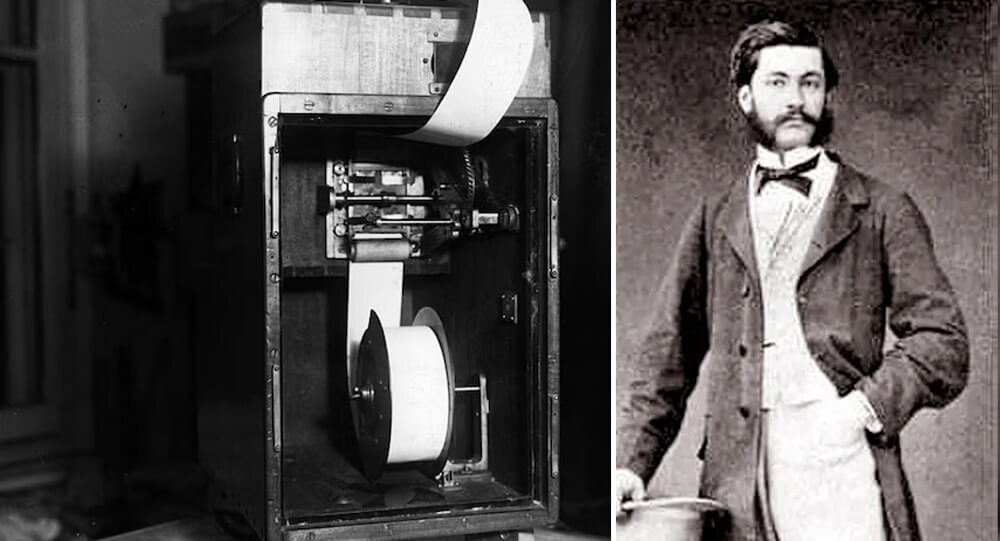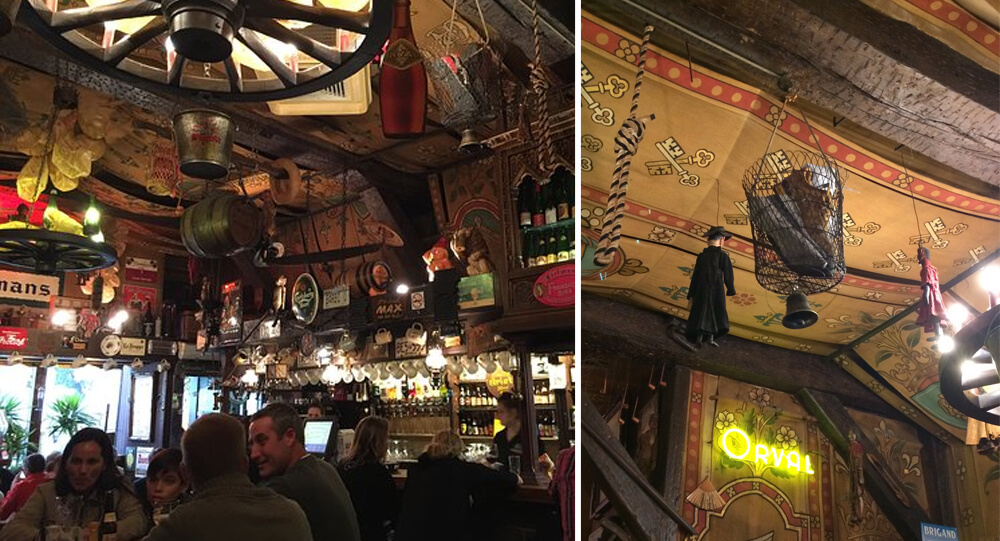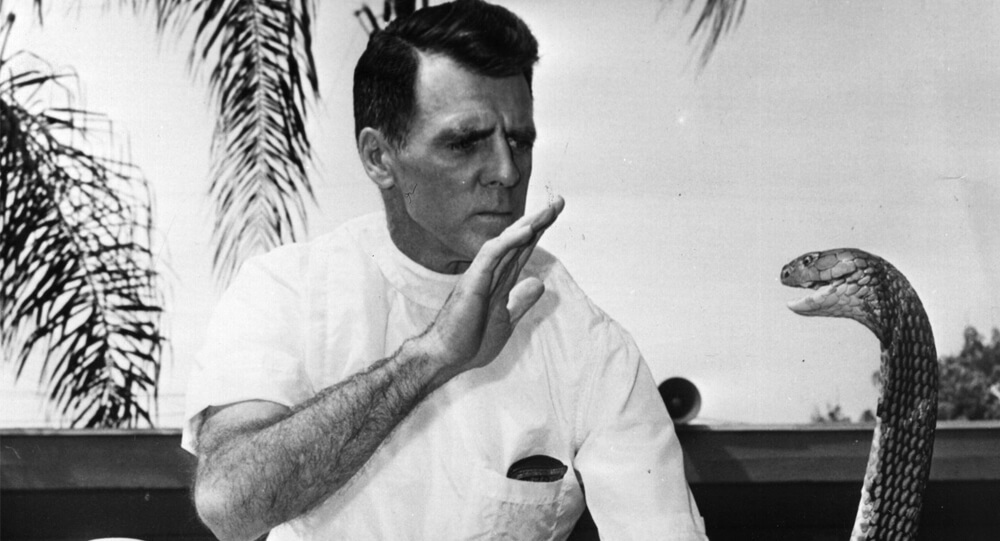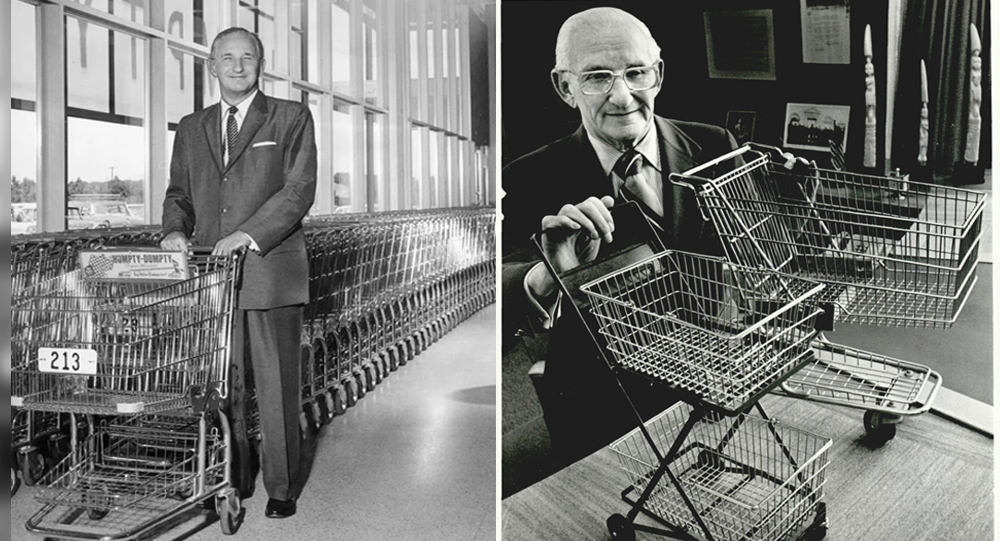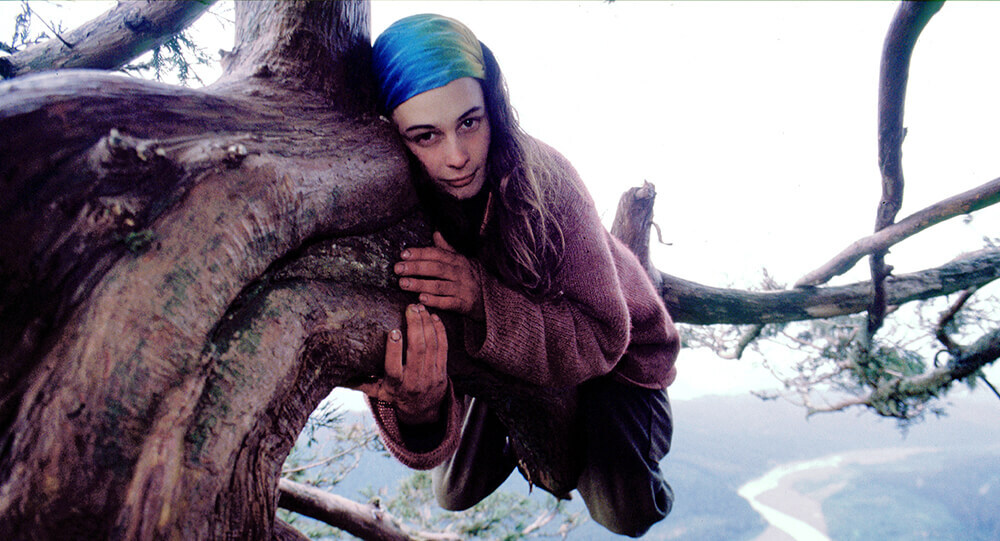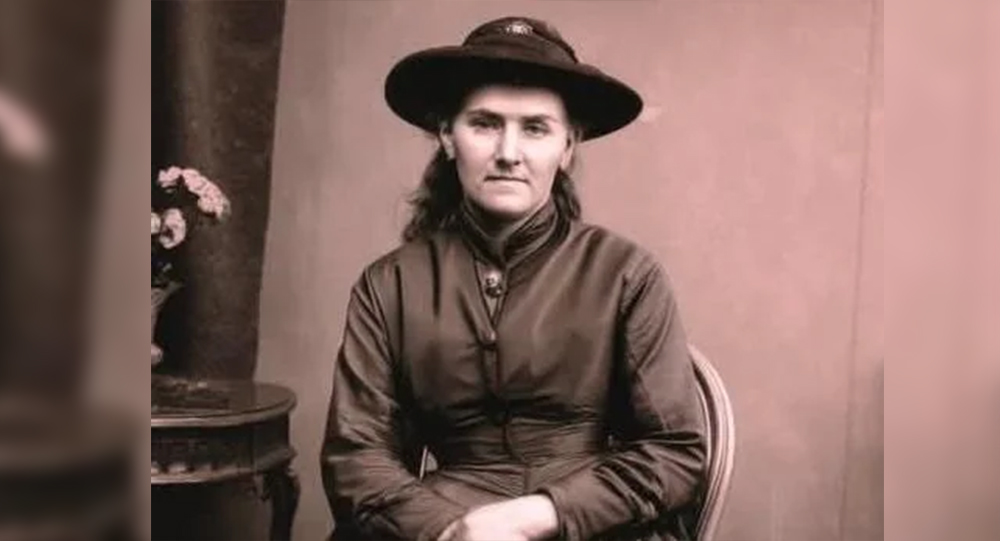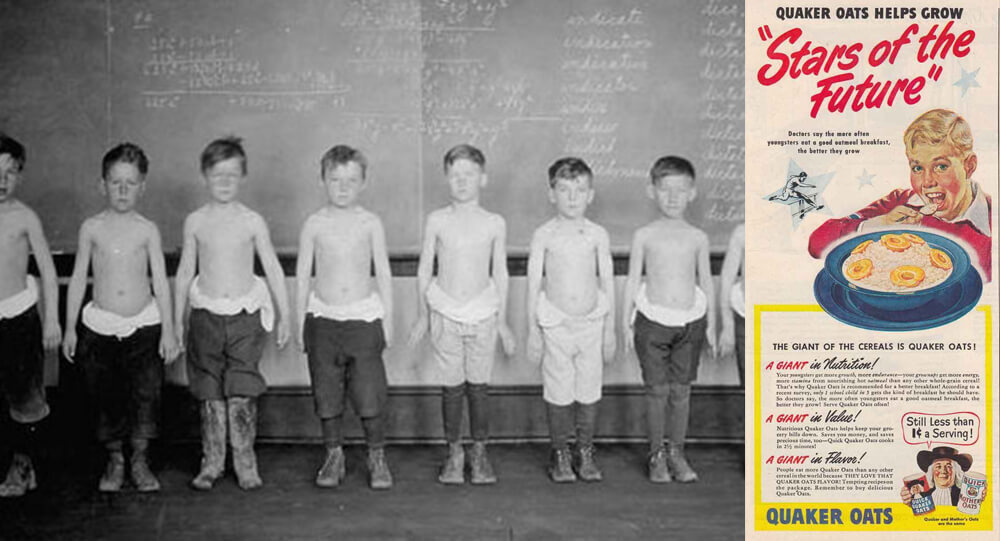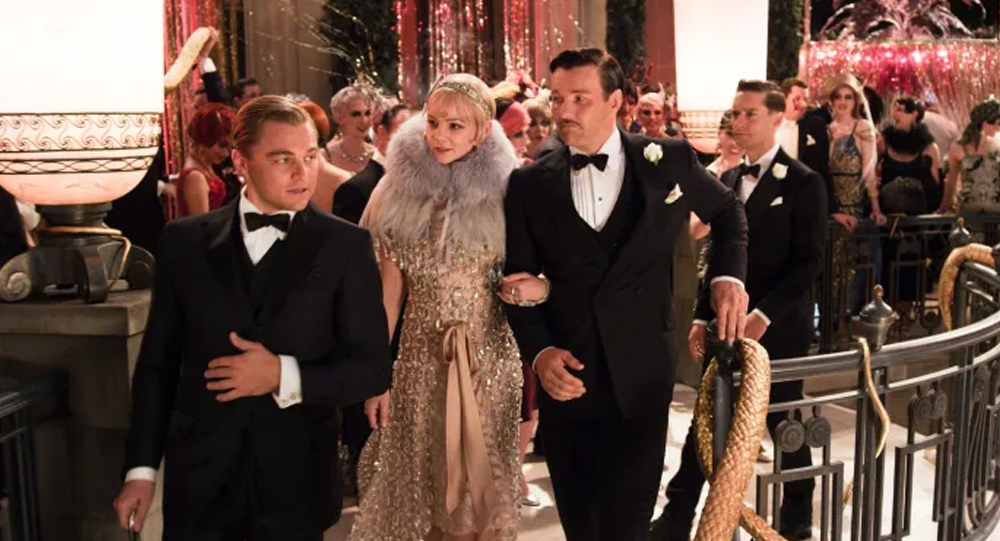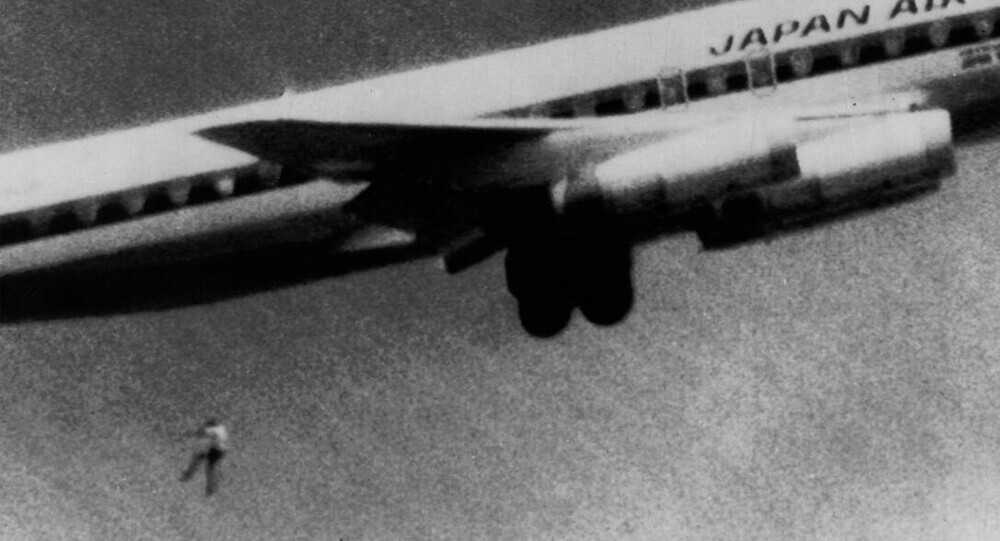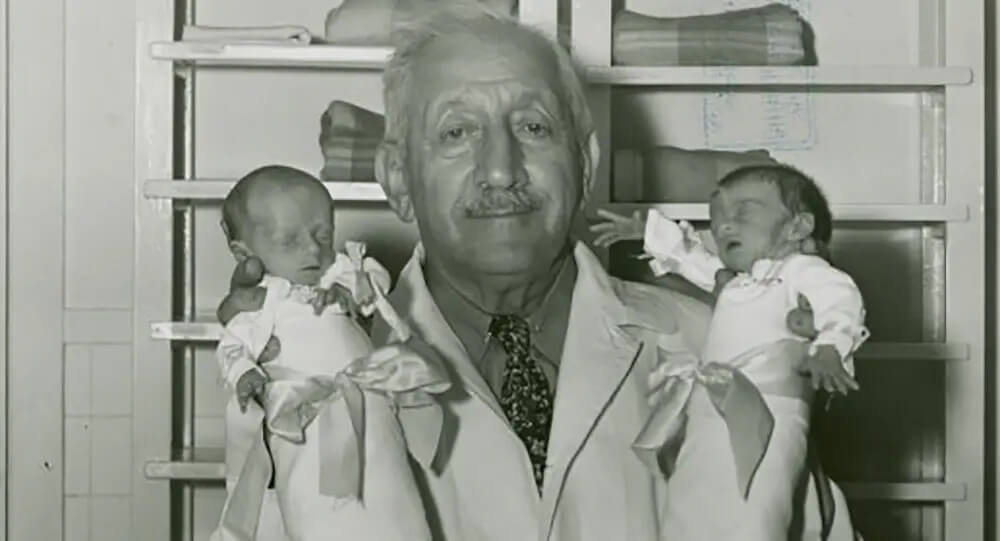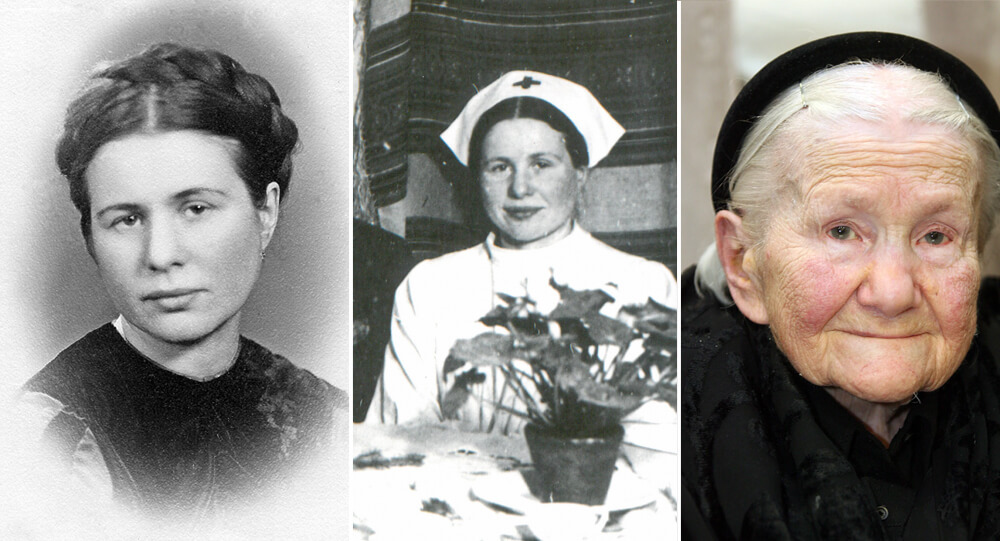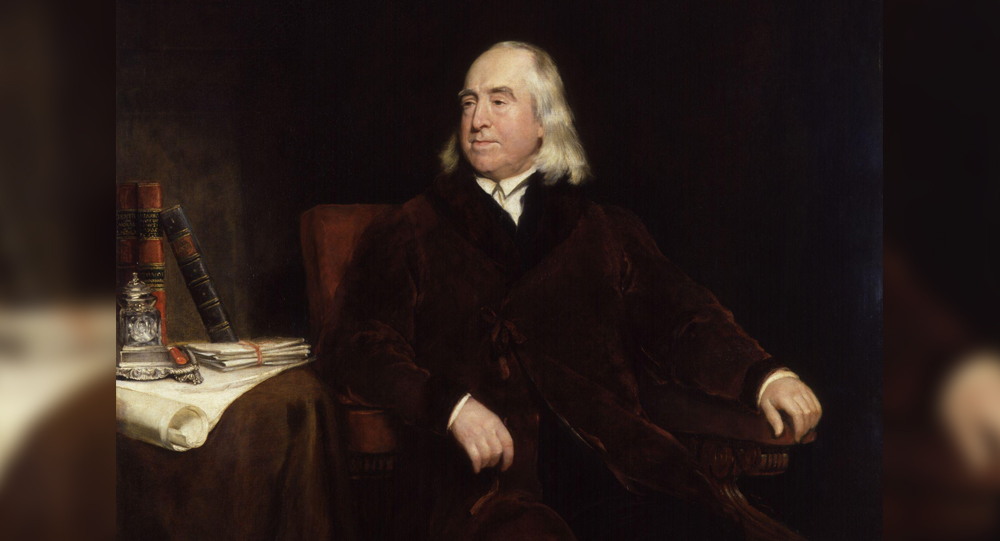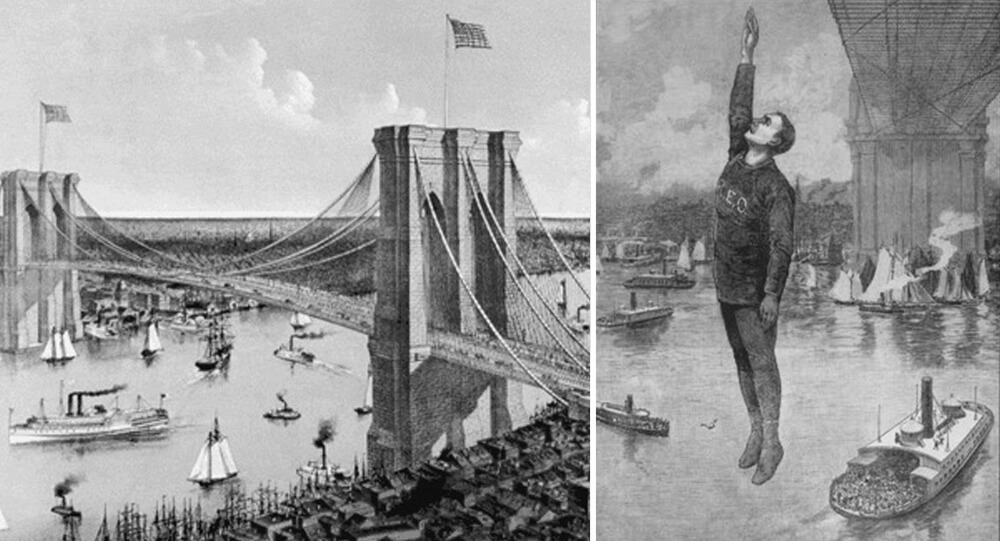
One of the most well-known bridges in the world is the Brooklyn Bridge. Connecting Manhattan and Brooklyn, it spans the East River. The bridge, which was the first steel-wire suspension bridge ever constructed when it was finished in 1883, once held the record for the world’s longest suspension bridge. It was referred to as one of the seven wonders of the industrial world and measured 5,899 feet in length and up to 276.5 feet above the water.
During the bridge’s construction, more than 20 men lost their lives. John Roebling, the bridge’s principal architect, was the first casualty, then more workers. Over 20,000 people were on the bridge a week after the opening ceremony when there was a rumor going around that it might collapse. Twelve people died as the panic spread; they were trampled underfoot by the enormous crowd.
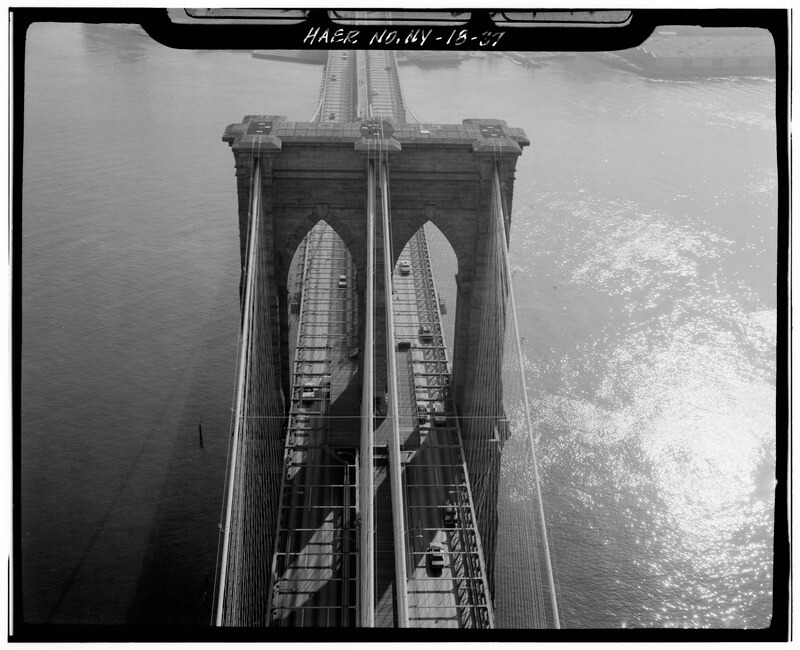
None of this, however, comes close to the number of people who have killed themselves by jumping off the Brooklyn Bridge. Unofficially, there had been more than 1,300 suicides by 2003. There are rumors that someone perishes in the East River every fifteen days. Engineering challenges prevented the idea of building a suicide barrier from being implemented.
Robert Emmet Odlum was the first person to jump off the Brooklyn Bridge. Robert simply wanted to demonstrate that one does not perish by falling through the air. He had no intention of killing himself.
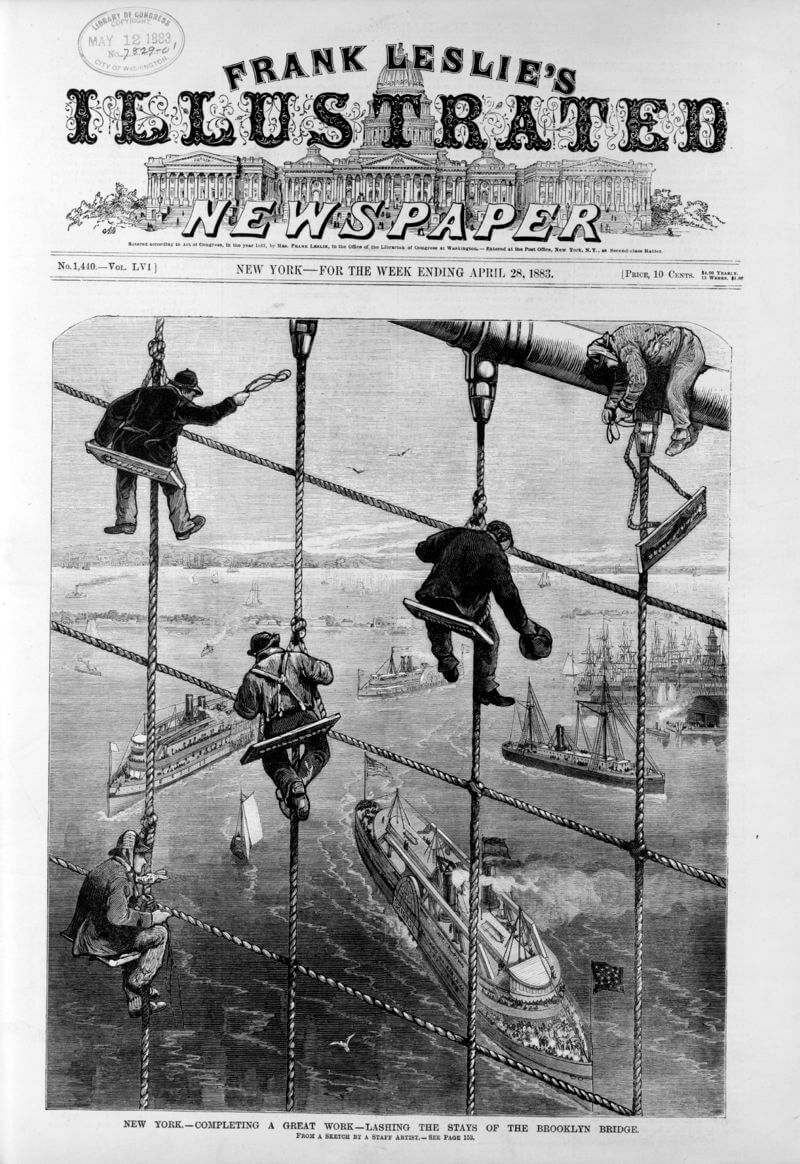
He did this to exhort others to run for safety if they were trapped inside a burning structure. In addition to this, he also wanted fame and money, which added to his motivation for doing the deed. He unfortunately did not make it through the jump.
Instructor of swimming Robert Odlum. He was born in Ogdensburg, New York, on August 31, 1851, and excelled at swimming from a young age. The Odlum family made extensive travels in search of David, Robert’s older brother who perished in the American Civil War. Robert transitioned through numerous residences and occupations. He relocated to Washington in 1878 and started the Natatorium, a swimming school. The school was a huge success, and soon the kids of many well-known Washingtonians enrolled there.
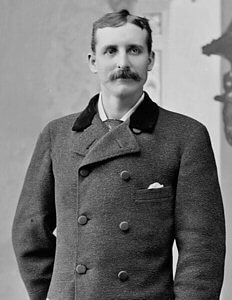
The sons of US President James A. Garfield, the daughter of General William Sherman, and the children of President Rutherford Birchard Hayes were among the students of Odlum, who earned the title of Professor. Thanks to his numerous exploits, including swimming and diving into the Potomac River, jumping off the Occoquan Falls, and swimming from Washington to Marshall Hall, Maryland with his friend Paul Boyton, another water showman and daredevil known as the Fearless Frogman, Robert had become a local celebrity in Washington.
Robert made the decision to shut down the school when the Natatorium started to lose money in 1881. He was able to secure employment at Fort Monroe’s Hygeia Hotel in Hampton, Virginia, as a swimming instructor, but his desire for fame and wealth persisted.
In 1882, Robert sneaked to an incomplete section of the Brooklyn Bridge in order to perform a jump from it. The police stopped him before he could pull off the stunt and returned him to Washington. After three years, he finally accomplished his goal.

Robert returned to New York on May 19, 1885, well-prepared. The NYPD was well aware of his plans because, in the weeks before the incident, word of Robert’s intentions had spread throughout the city. The security on the bridge was tightened, but Odlum was able to divert attention. While he was concealing himself in another vehicle, he sent James Haggart, a friend, to the bridge in a taxi. James pretended to be the jumper while acting as a ruse for the police. Robert exited the car he was hiding in while the police officers were occupied with the fake jumper. He jumped off the bridge at 5:35 p.m. in his swimsuit in front of a crowd of onlookers who were watching from a boat.
Robert dropped into the icy water at a speed of about 60 mph. He slammed his feet and hip into the river’s surface at an angle. The strong wind that was blowing at the time contributed to the jump’s disastrous outcome. When the lifeguard, who Odlum himself had working, was doing nothing at all, Paul Boyton jumped into the water and removed Robert’s body. Robert briefly regained consciousness after being brought to the boat, inquired as to whether the jump was successful, and then fell back to unconsciousness. His mouth began to bleed, and at 6:18 pm he passed away from internal bleeding. His friend called an ambulance, but it did not arrive in time to save his life.
Robert had three broken ribs in addition to a ruptured liver, kidneys, and spleen, according to the coroner. Concussion was determined to be the death’s official cause. In Washington, D.C.’s Mount Olivet Cemetery, Robert was laid to rest.
Robert’s mother charged Paul Boyton with murder after his fatal leap, saying that he convinced Robert to take the risk. The Fearless Frogman wrote an open letter to Mrs. Catherine Odlum that was also printed in The New York Times and denied all responsibility.
“The Life and Adventures of Prof. Robert Emmet Odlum, Containing an Account of his Splendid Natatorium at the National Capital” is a biography of her son that Catherine Odlum published in 1885.

Steve Brodie claimed to be the first person to jump off the Brooklyn Bridge and survive the fall one year after Robert’s passing. Since there were no witnesses, it was claimed that Brodie staged the jump by hurling a dummy from the bridge.
The alleged jump took place on July 23, 1886. The first confirmed survivor of the Brooklyn Bridge leap was Larry Donovan, who made the leap into the East River one month later.

Louis Le Prince Invented the motion picture camera, and then he mysteriously disappeared
Louis Le Prince, the inventor of motion pictures, vanished without a trace in 1890. Thomas Edison quickly claimed the title of "first and sole inventor of cinema," even taking Le Prince's son to court to dispute it. A few years later, the son also dies under mysterious circumstances.

Mother who spent entire life savings for daughter’s cancer treatment won the lottery
A mother won $2 million from a $10 scratch-off lottery ticket after she spent all of her entire life savings to pay her daughter’s cancer treatment. She bought the winning ticket after her daughter’s last cancer treatment.

Thomas Baker's heroic act that earned him the "Medal of Honor" was 8 bullets until death
Thomas Baker instructed his team to leave him with a pistol and eight bullets propped up against a tree after he was injured. Later, American troops discovered the now-deceased Baker in the same location, lying next to eight dead Japanese soldiers and carrying an empty pistol.

Why This Belgian Bar Makes You Trade Your Shoe for a Beer
To prevent tourists from stealing their beer glasses, some bars in Belgium require people to hand over one of their shoes as a deposit which is then put in a basket and hung from the ceiling. These shoe baskets have also become an attraction.

How Greek prime minister in 1830’s tried to spread the potato in Greece
A Greek prime minister in 1830’s tried to spread the potato in Greece but people weren’t interested so he put armed guards in front of shipments of potatoes so people would think they were important. People later started stealing these potatoes a lot which spread the crop to all of Greece.

Charlie Brown and Franz Stigler incident: Enemy became friends
During WWII, a German pilot spotted an American pilot’s crippled plane in the sky. Tailing it, he noticed that gunner was dead, crew injured, and they posed no threat. Instead of destroying the plane, he led it to safety. 40 years later, the two pilots reunited.

The story of Bill Haast, who lived to be 100 despite his extensive snake venom injections
Bill Haast immunized himself by injecting snake venom into his blood for several years. He holds the Guinness World Record for surviving the most lethal snake bites, having been bitten over 172 times. Bill became known as "Snake Man" around the world and lived for over 100 years.

Max Headroom Incident: America’s Creepiest TV Hack
In 1987 a man hijacked a television station during an episode of Dr. Who and wore a Max Headroom mask and uttered nonsense, and he still hasn’t been caught

The Littlest Skyscraper: How J.D. McMahon’s 480-Inch Con Fooled Investors in 1919
In 1919, J.D. McMahon convinced investors to fund a 480-foot skyscraper, but he labeled the plans as 480 inches, building a 40-foot structure instead. After taking $200,000, he won in court since the plans matched what he built.

Sylvan Goldman: The Visionary Who Revolutionized Shopping with the Cart
The inventor of shopping carts, Sylvan Goldman, had to hire several male and female models to push carts around in his store, demonstrate their utility, and explain their use to other customers, due to not catching on initially.

15 interesting facts about Queen Elizabeth II
Queen Elizabeth II, who ruled Britain for 70 years, has away at the age of 96. She was the country's longest-reigning monarch. Here are some little-known facts about her.

The true story of Josephine Myrtle Corbin, the lady born with four legs and two private parts
Josephine Myrtle Corbin, an American sideshow performer born in 1868, had a rare condition known as dipygus, which caused her to have four legs, each smaller inner leg paired with one of her outer legs. Corbin joined the sideshow circuit, captivating audiences as the "Four-Legged Girl from Texas."

The incredible story of Julia "Butterfly" Hill and her legacy
American environmental activist Julia “Butterfly” Hill lived in a 1500-year-old California Redwood tree for 738 days to prevent it from being cut down by the Pacific Lumber Company. The Simpson’s episode “Lisa the Tree Hugger” was inspired by Hill’s story.

The World’s First Seismograph: How Ancient China Detected Earthquakes 1,800 Years Ago
Over 1,800 years ago, long before modern technology, the ancient Chinese astronomer and inventor Zhang Heng created the world’s first seismograph in 132 AD. This ingenious bronze device could detect distant earthquakes by releasing small balls from dragons’ mouths into toads’ mouths—each indicating a different compass direction. Its historic detection of an earthquake 400 miles away astonished the imperial court and transformed the way societies understood and responded to seismic events.

Why Comedians Failed to Make Sober Sue Laugh in the Early 1900s
In the bustling vaudeville scene of early 20th century New York, a mysterious performer known as "Sober Sue" captured public imagination not for jokes or songs, but for her unshakable stoicism—she never smiled or laughed. A local theater even offered a tempting reward of $1,000 to anyone who could make her laugh, drawing crowds and famous comedians eager to claim the prize. Despite countless hilarious attempts, Sue remained expressionless, a mystery that baffled performers and audiences until it was revealed that she suffered from facial paralysis, explaining her unchanging demeanor.

Quaker Oats Fed Children with Radioactive Oatmeal
In the 1940s and 1950s, Quaker Oats and MIT conducted experiments on radioactive iron and calcium-containing cereal. The diet was part of a study to see if the nutrients in Quaker oatmeal traveled throughout the body. In January 1998, a $1.85 million settlement was reached for 30 victims who came forward.

What exactly was the US's 'Ghost Army' during WWII?
During WW2, there was a special unit of men dubbed the ‘Ghost Army’. The unit was made of artists, creative and engineers and their job was to create deception about the enemy. From inflatable tanks to phony convoys to scripted conversations in bars intended to spread disinformation, they used all possible tricks to fool the enemy.

From Flapper to Fashion Week: How 1920s Style Still Shapes Modern Trends
The roaring 1920s revolutionized fashion, introducing bold styles, daring cuts, and a spirit of freedom that still inspires today’s wardrobes. From flapper dresses to statement accessories, here’s how the Jazz Age lives on in modern fashion.

Keith Sapsford: The Story of 14-Year-Old Stowaway
The final image of 14-year-old Australian Keith Sapsford, who aspired to travel the world. In February 1970, he sneaked into the wheel-well of a plane flying from Sydney to Tokyo. It opened mid-air & fell out. When a photographer was testing a new lens, he captured this moment on film and was surprised when it developed.

Archaeologists Uncover 2,000-Year-Old Amazonian Cities Using Lidar Technology
Deep in the Ecuadorian Amazon, archaeologists have uncovered an ancient network of urban settlements once inhabited by the Upano people about 2,000 years ago. Using cutting-edge lidar technology, these discoveries reveal a highly organized society featuring sophisticated agricultural systems, drainage canals, and extensive road networks. This transformative find challenges long-held assumptions about ancient Amazonian societies and sheds light on a complex civilization thriving in one of the world’s most biodiverse regions.

Martin Couney, Saved Thousands of Premature Babies Wasn’t a Doctor at All
Martin Couney never qualified as a medical doctor. However, in the 1900s, he saved thousands of premature babies by exhibiting them in incubators at his Coney Island sideshow. Over the course of his career, he is said to have saved about 6,500 babies that had previously been written off by mainstream medicine.

Irena Sendler: woman who rescued Jews during holocaust
Irene Sendler was the Zegota resistance group's head of the children's department. She risked her life to smuggle children out of the Warsaw ghetto, place them with Polish families or orphanages, give each child a new identity, and keep records so that they could be returned to their families. In 1943, the Gestapo arrested and sentenced her to death, but she was rescued by Zegota.

How 18th Century Women’s Rights Movements Shaped Modern Equality
The 18th century marked a turning point in the quest for women’s rights, as passionate voices challenged centuries of gender inequality and laid the groundwork for modern feminism. From pioneers like Mary Wollstonecraft to revolutionary declarations and early advocacy, this era sparked debates on education, political participation, and social justice that continue to resonate today. Journey through the origins of women’s rights movements and discover how their bold ideas shaped the fight for equality.

Underground Railroad to Mexico freed thousands of slaves in 1829
Slavery was abolished in Mexico in 1829. Slaves were escaping to Mexico, and slaveholders in the US were aware of this. The US attempted to get Mexico to sign a fugitive slave treaty, which would have required Mexico to send back escaped slaves to the US. But, Mexico refused, arguing that slaves were free as soon as they set foot on Mexican soil.

The incredible story of a plane that lost its roof in mid-flight and the light signal that saved 94 lives.
On April 28, 1988, Aloha Airlines flight 243 was on the way to Honolulu from Hilo when a huge portion of the upper part of the fuselage blew off the airplane.

